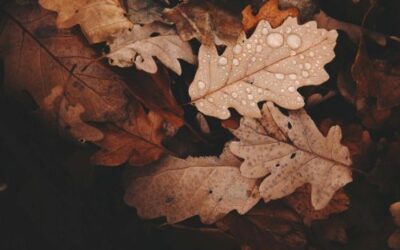Adding color to your landscape design can be accomplished with a variety of vibrant flowers. Planting any of these 10 flower varieties in your garden will make for an eye-catching and colorful landscape.
1. Zinnias
Zinnias can provide a lovely burst of color to your landscape. They are one of the easiest flowers to grow, as they grow quickly and bloom plentifully. Zinnias come in a variety of bold colors, and they attract butterflies.
2. Hibiscus
Hibiscus varieties can add a beautiful splash of summer color to your landscape. Tropical hibiscus delivers the most dramatic color. Bright shades of neon will invite hummingbirds and other pollinators into your landscape. Almost all varieties of hibiscus produce flowers that can actually change colors under certain circumstances. The vibrant hues will light up your garden with an array of bright colors.
3. Tulips
Tulips are a favorite when it comes to adding color to your landscape. They come in many bright, bold colors, and look especially magnificent in groups of 25 or more. It is important to place bulbs a minimum of 6 inches below the soil, so they will have a better chance of coming back the next year. Tulips are easy to grow, and will add a lovely pop of color to your yard.
4. Lantana
These beautiful, colorful, small flower clusters come in several shades, sometimes all on the same plant. Lantana plants are so easy to grow that they can actually become invasive. To avoid this, look for a variety such as “New Gold”. This variety does not form berries, which will prevent unwanted spread. This flower plant is drought tolerant, making it a great choice for withstanding heat and drought.
5. Oriental Poppies
These delicate flowers offer a wide array of bold colors, including bright reds and rich purples. Poppies have a long tap root, similar to that of a carrot. A pro or this is that it allows them to endure drought. A con is that it makes them more difficult to transplant. So it is important not to disturb their roots.
6. Dahlias
Dahlias are bright, beautiful flowers with many petals. They are relatively easy to grow, and come in a spectrum of vibrant hues. Some Dahlias even bloom in multiple colors. Dahlias also come in a variety of shapes, which can add texture and character to your colorful landscape.
7. Marigolds
Marigolds are easy-to-maintain annuals that come in a variety of forms. They love the sun, and can bloom from late spring or early summer until frost in the fall. Marigolds come in many blazing colors. Orange is the most common, but they also come in red, bright yellow, yellow/cream/white.. Bicolor options are also available, including red, yellow, orange, and yellow petals with contrasting colors in the center.
8. Daffodils
The ever-popular daffodil is a spring staple. These bulbs produce flowers in a wide variety of bright colors, some of which are fragrant. It is important to plant daffodil bulbs 3 to 6 inches deep in the soil, and you will enjoy their blooms for years to come.
9. Sunflowers
As the name suggests, these sunny, bright flowers will bring a burst of sunshine into your landscape. The blooms stretch 3 to 6 inches across on average, with some varieties producing much more massive flowers. Sunflowers flower in the summertime and then drop seeds for the next season. It is important to plant sunflowers somewhere that is shielded from strong winds, so that the seeds can do their work, and provide sunflowers for years to come.
10. Bearded Irises
The bearded iris is a show-stopping, colorful flower, that comes in an almost infinite array of colors and sizes. This can result in a rainbow-like aesthetic in your garden or landscape. When growing bearded irises, be sure the soil is well drained, and that it gets full sun. Raised beds can help with proper drainage.
Adding colorful flowers to your garden will make for an inviting and beautiful landscape. At Jack’s Lawn Care & Landscaping, we want to help you create the landscape you’ve always envisioned. Contact us today for a free quote!



